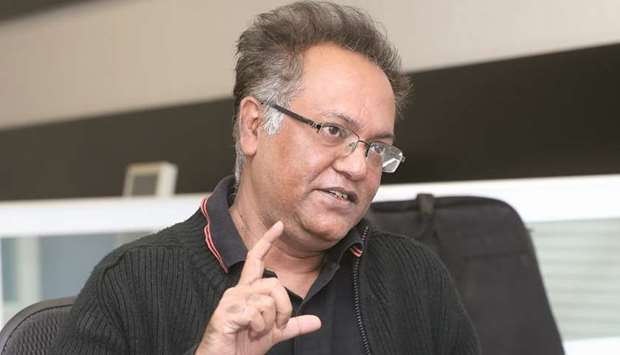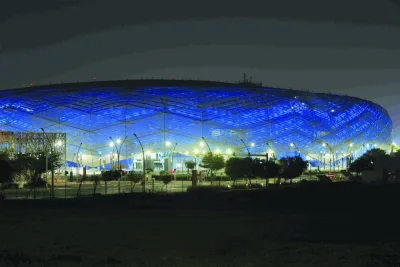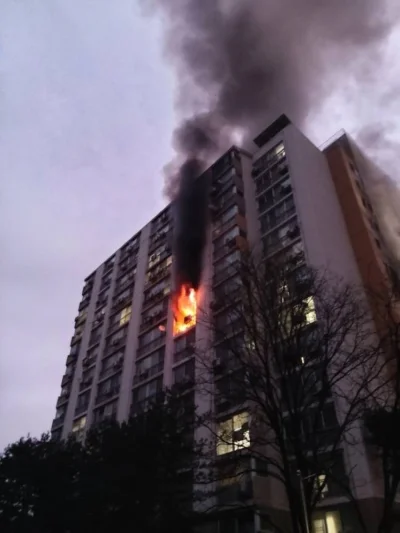Feroz Alam A. Kadaer is an unassuming giant. Born in Dhaka in 1964, the expert design engineer from Bangladesh has risen to international fame for his innovative design for high-rises.
The design conceived by Feroz can help build a skyscraper as high as one kilometre. The engineer is based in Qatar. Community recently caught up with him
to get to know about his life and works.
Please tell us about your journey so far.
I am 54. I studied civil engineering in Dhaka and did my BSc degree in civil engineering from the Institute of Engineers in Dhaka. I was interested in mechanical engineering from the very beginning. The majority of civil engineers go to site engineering and become project directors. Very few engineers opt for design engineering. I thought I would.
After graduation, I joined Design Development Company in Dhaka in 1991. I further studied design engineering there. I designed many buildings and structures in Bangladesh.
How and when did you come to Middle East?
I was busy in design work in Bangladesh and had no plans to go out. It was in 1997 when I saw an advertisement in a newspaper about the demand for design engineers in Saudi Arabia. I went for the interview out of curiosity to learn how people in other countries design buildings and what kind of designs they were interested in.
They offered me the job, but I declined as I was not interested to move out of Bangladesh. They however, convinced me to join the company in Saudi Arabia. I thought I would work for a few months and learn how engineers work in the region. But I got involved in designing different structures and stayed in Saudi Arabia for a decade.
Afterwards, I went back to Bangladesh and started my business. It was in 2007 when I got a call from another construction company in UAE and was offered a job there as well. Out of curiosity and interest in structural designs, I again took the plunge. It was not primarily for money, but for learning more about building designs. I cannot explain why, but I did not like the place. I wanted to leave the country as soon as possible.
As I had hardly spent a month in the UAE, I got a call from a construction company in Qatar and they offered me a job as a reviewer of tall buildings. I told my employer company that I was interested in designs of tall buildings much more than a good salary. The company encouraged me to come here as I would get a chance to work on tall building designs. I joined Qatar Design Company (QDC) as a design reviewer. I reviewed designs of many buildings at West Bay while working with the company.
As I was working with QDC, I got a job offer from Ashghal – Public Works Authority, to work with them as a design engineer. I did not actually know how big a company Ashghal was. My bosses at the QDC were very happy and they allowed me to join Ashghal. I joined the Public Works Authority in 2011.
At Ashghal, I got a chance to work with very good bosses. As I wanted to work on my concept for high-rises, my bosses at Ashghal encouraged me to pursue my dream. It was in 2012 when I developed my innovative concept for the tallest buildings. I applied international codes. My initial design was meant for a 900-metre tall building.
How best would you explain your innovative design concept?
Tube in tube is a much known concept for skyscraper structure designs. This design concept made an impact in the United States in the Sixties. At that time, there were no buildings higher than 20 storeys. This structural concept made it possible to build structures up to 140 storeys.
Burj Khalifa, the world’s tallest building, was designed on the concept of Buttressed Core System (BCS). The BCS is tripod-shaped structure in which a strong central core anchors three building wings. The BCS represents a conceptual change in structural design whose evolutionary development began with Tower Palace III, completed in 2004 in Seoul, South Korea, designed by Chicago-based Skidmore, Owings & Merrill LLP (SOM). With this design, a building can go up to 167 storeys.
What kind of response did you get to your innovative concept?
I have applied all international codes of engineering for high-rises to my concept. I finalised my model in 2014 after satisfying the international codes.
So far I have got good response and recognition. The American Journal of Civil Engineering reviewed my design and published an article in 2016. Then, Scholars’ Press, a German publishing company, brought out a book entitled Innovative Concept on Structural Engineering of Mega Tall Buildings. The book is also available online.
What are your future plans and how do you plan to apply your design?
I have heard that a high-rise in India under construction is applying my method. I want to apply my design and want to design mega tall buildings. I have now left the Ashghal job and am pursuing my research on innovative design. I will work on how to apply the design. One company in Bangladesh has already approached me to build a multi-storey building in Dhaka. Though I have created the concept, I want to see someone construct a tall building using my concept. I do not want to build a mega tall building. I want to see someone applying my design and concept. I would also like to see students and engineers benefiting from my book and articles on the design.
You created the design while living in Qatar. How do you find life here?
I like this country. It is very peaceful. I have found that Qatari people are straightforward. I have enjoyed my stay here and got full support and peace of mind to work on my innovative design. I will remain associated with a consulting company in Qatar. I will keep coming to Qatar.
CANDID: Feroz Alam says he does not want to build a mega tall building, wishing instead that someone applies his innovative concept.
Photo by Jayan Orma

I WANT


